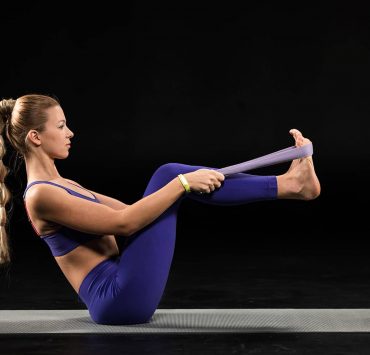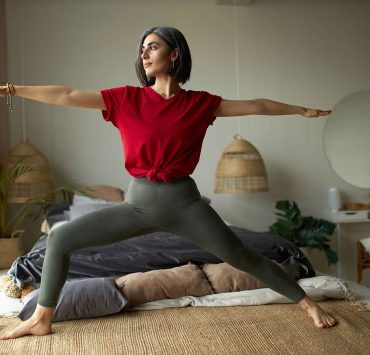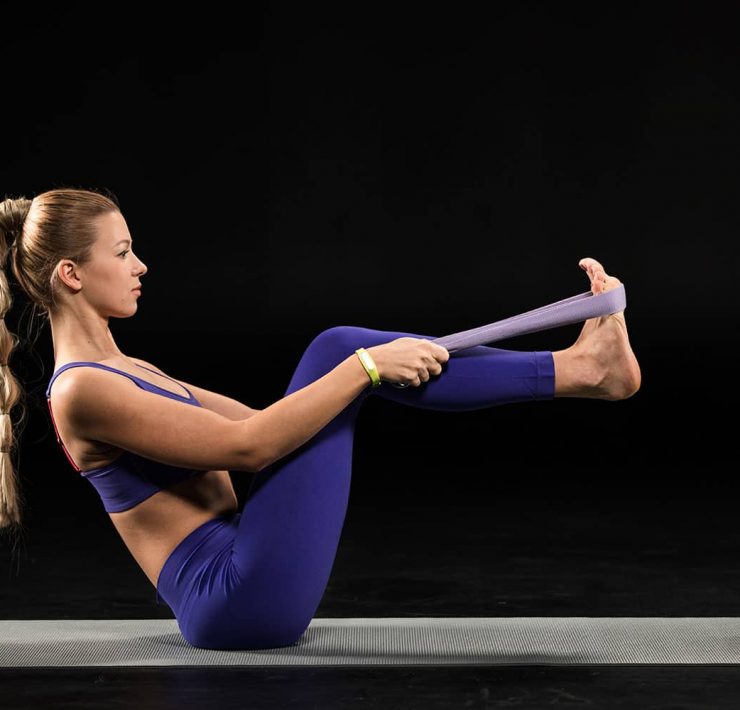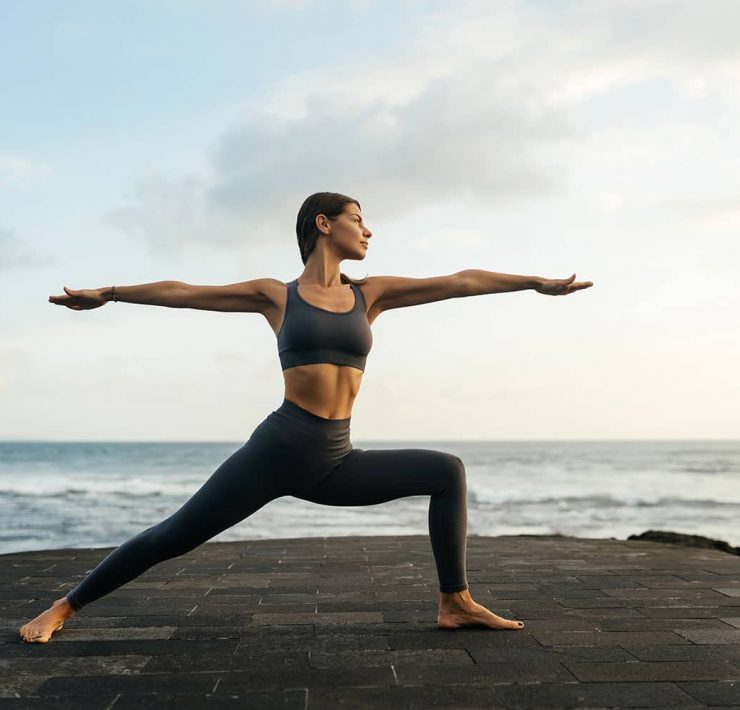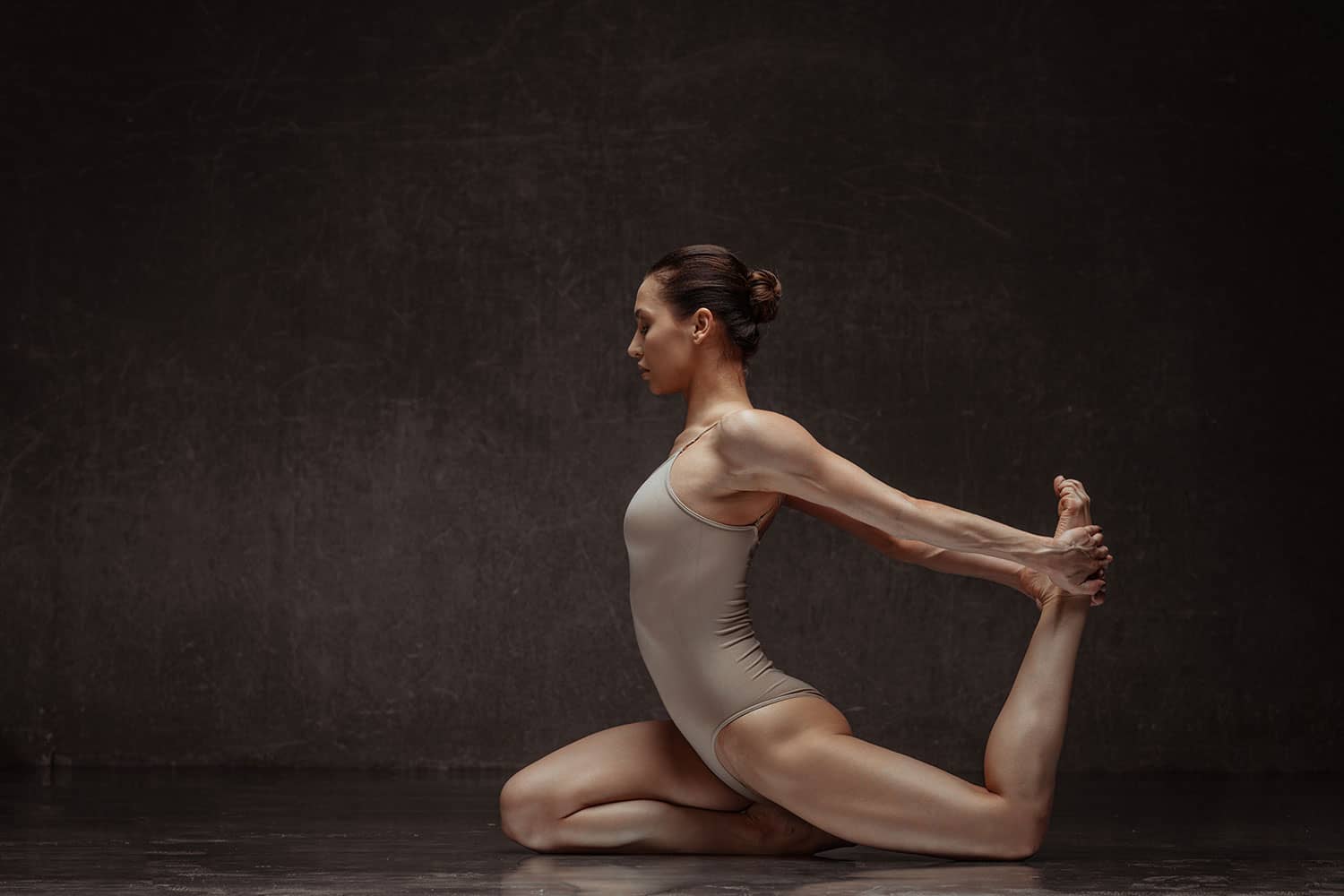
Having been a teacher’s assistant at over 50 yoga teacher…
Whether your goal for practicing yoga is strength, flexibility, or stress reduction, having a good understanding of the human body will help accentuate the benefits of your practice. Improving your anatomy knowledge will help ensure that you are addressing the intended body region of each posture. It will also help you prevent injury.
Review the following information a few times per month to learn and benefit from understanding the human body.
Bones

There are 206 bones in the human body. Bones are the strong rigid parts of your body that compose your structure. Yoga is an excellent way to maintain and build bone density.
Yoga instructors often refer to the main bones in your body as landmarks during instruction. Understanding where these bones are will increase the benefits of landmark yoga cues, yielding more strength and flexibility benefits from the posture.
Read on to learn about the major bones in your body:
The Spine
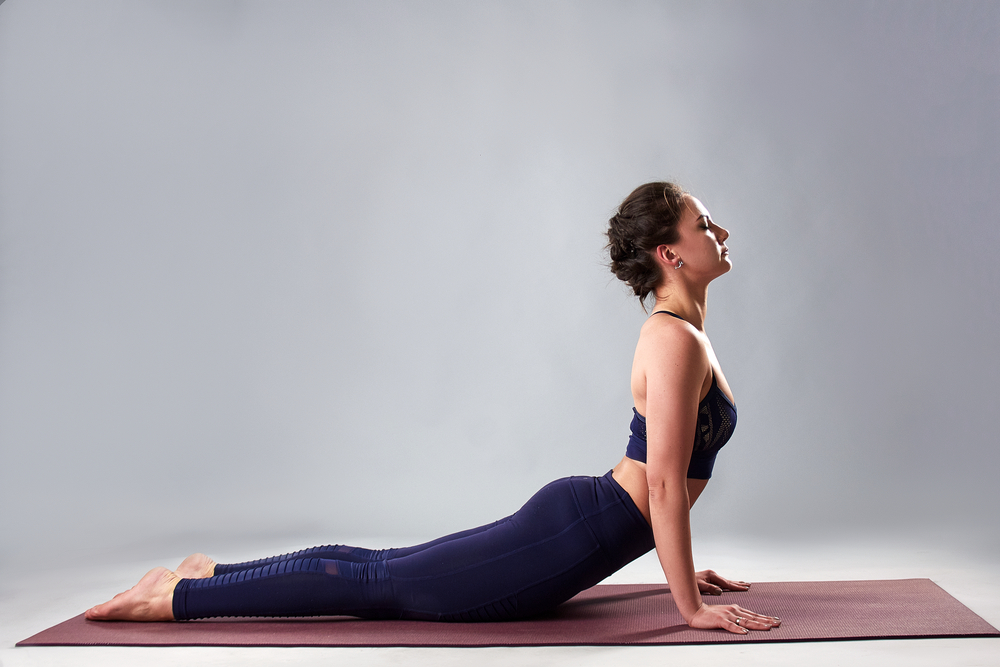
The spine is composed of a series of bones stacked upon one another. Back and neck pain are common reasons why students practice yoga.
Understanding the anatomy of your spine is important to keep your practice safe and beneficial. Different regions of your spine are more mobile than others, which is helpful to know about during your practice.
Your neck is called the cervical spine. It is composed of 7 vertebral bones labeled C1-C7. These bones are smaller and more mobile compared to other regions of your spine.
The upper and middle back region is known as the thoracic spine. The thoracic spine has 12 vertebrae. These vertebrae attach with the ribcage, making this section of your spine less mobile than your neck.
Your lower back is your lumbar spine. These 5 vertebrae are large and serve more of a stability purpose vs mobility.
The last region of the spine is called the sacrum. This is a series of fused bones. The sacrum has very little mobility.
- Humerus. Your upper arm bone is your humerus. Your humerus composes one half of your shoulder joint.
- Radius/ Ulna. Your forearm is composed of two bones aligned side by side. Look down at your forearm. On the thumb side of your forearm is your radius. The ulna is on the pinky side.
- Femur. The femur is located at your upper leg. It is a large sturdy bone that composes half of your hip and knee joint.
- Pelvis. Take your hands on your hips. The bone you feel underneath your hands is your pelvis.
- Tibia/ Fibula. Like your forearm, your lower leg is also made up of two bones. On the big toe side of the lower leg is your tibia. The fibula is on the pinky side edge.
Joint
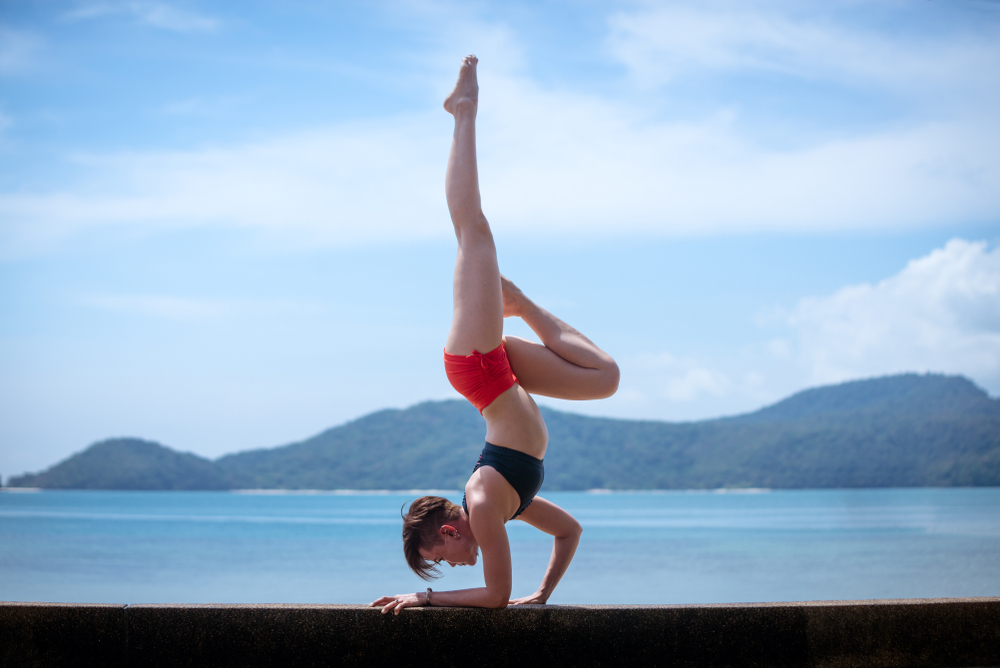
A joint is located where two bones come together. For example, the femur and your tibia come together to form your knee joint. Any place in your body where two bones come together there is a joint. Some are more mobile than others depending on the shape of the bones.
Joints are important to protect and preserve against arthritis. In your yoga practice, you don’t want to stress your joints. Having an understanding of where your bone and joints are will keep your body safe from injury.
Shoulder
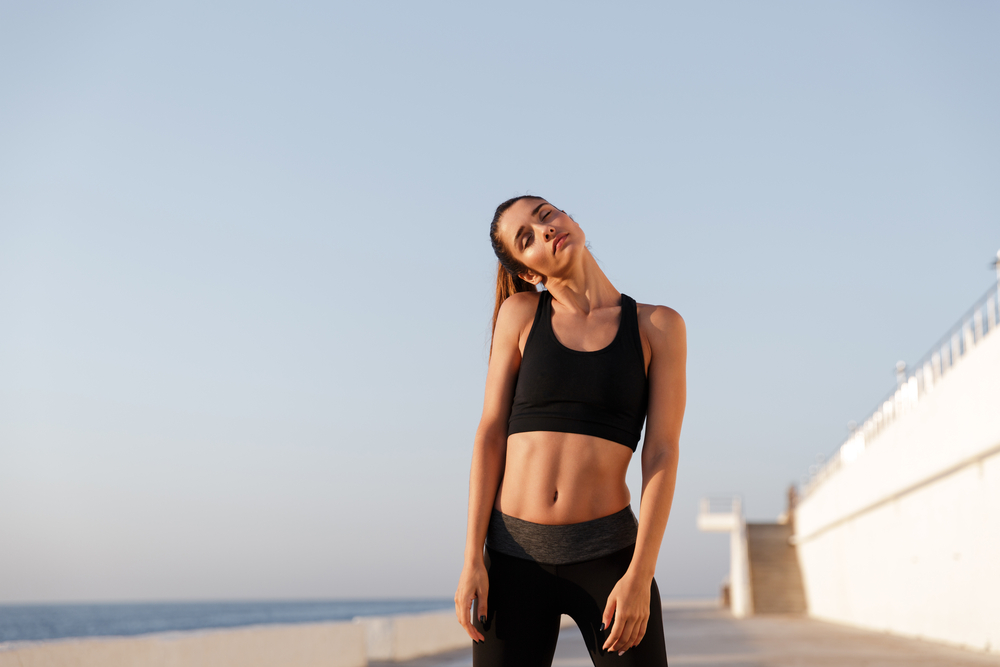
Your shoulder is anatomically called your glenohumeral joint. The humerus bone makes up one side, and the glenoid on the other. This is a very mobile joint. Great care should be taken in all yoga postures to keep this joint from overstressing.
Hip
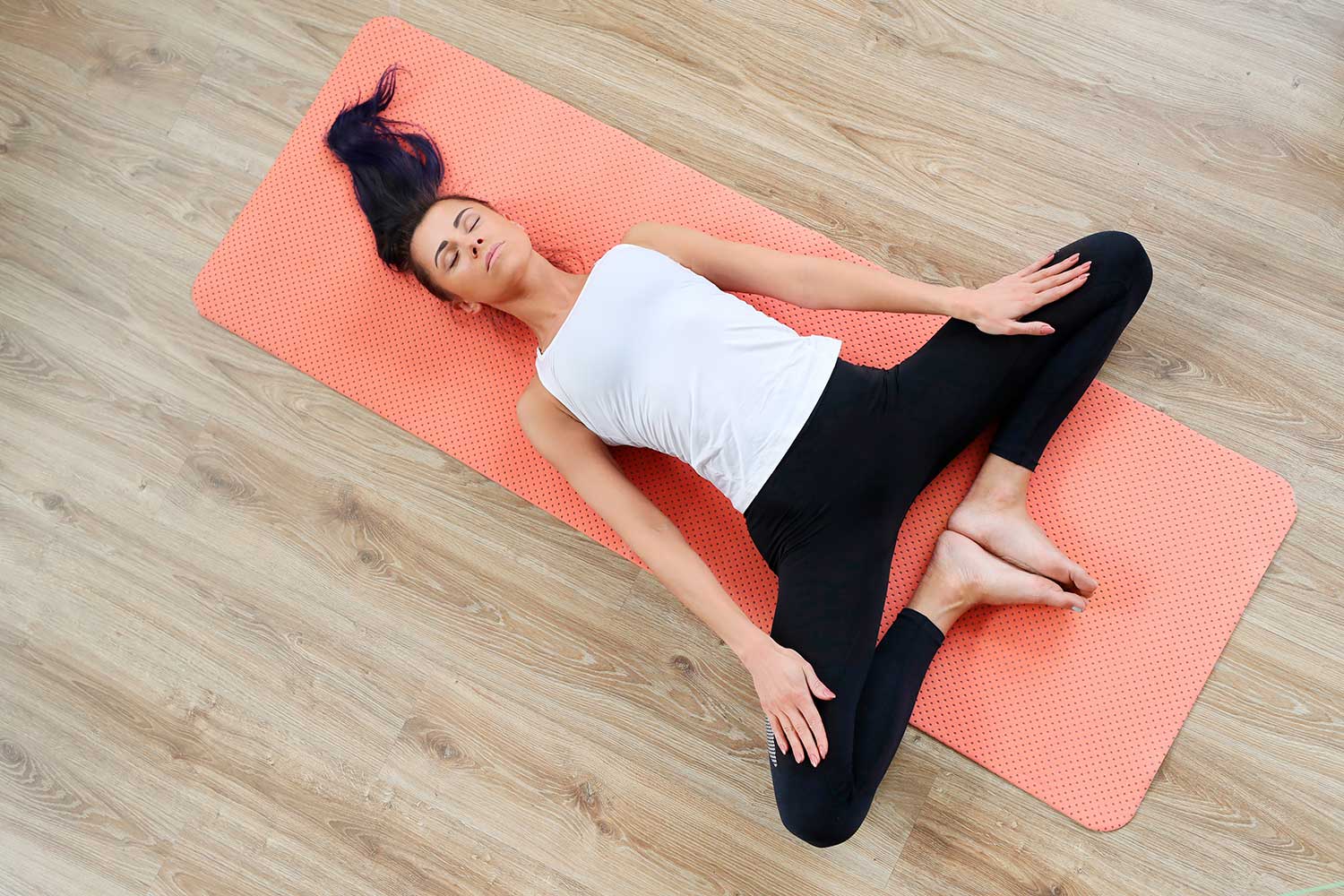
Your hip joint is located at your groin. Your femur composes one side, and the pelvis is on the other. If you feel any pinching or ache in this region during your practice, be sure to modify the pose to preserve your hip joint.
Wrist
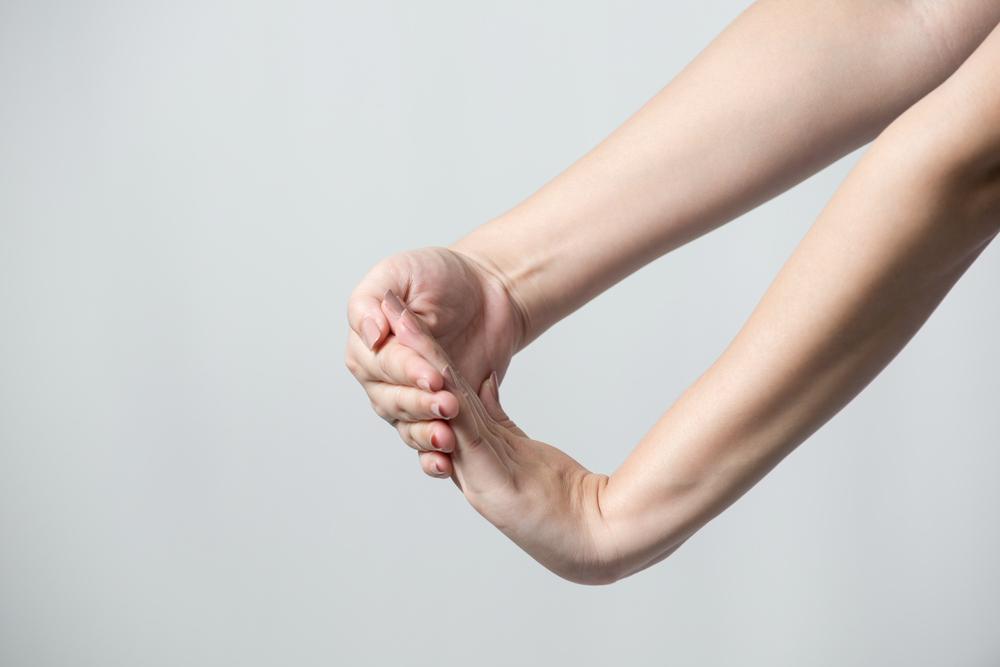
The anatomy of your wrist is quite complex. Your forearm has two bones, the radius and ulna. They articulate with a few small pebble-shaped bones called your carpal bones.
In yoga, there are many poses where you weight bear through your wrists. Understanding how many bones and joints are in the wrist region gives an appreciation of the complex bony anatomy and the need to keep your wrists safe.
Knee
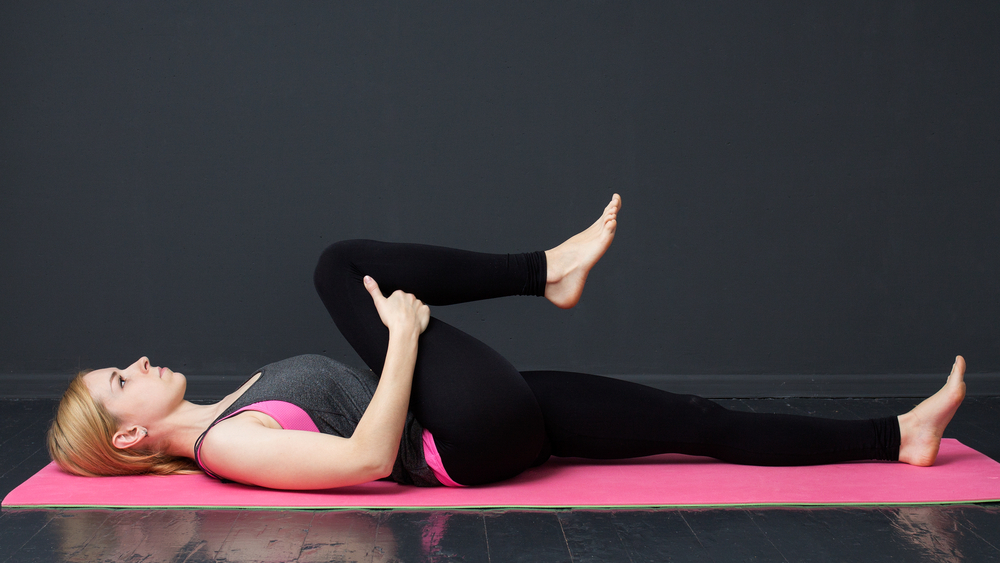
Knee pain is a common region to develop arthritis. Knowing where your knee joint is located will help keep yoga a beneficial activity for your body.
Take your hand on your kneecap. Slide it off to one side and you will feel a divot. This is where the upper and lower leg meet to form the knee joint. You never want to feel pain across this joint line.
Ankle
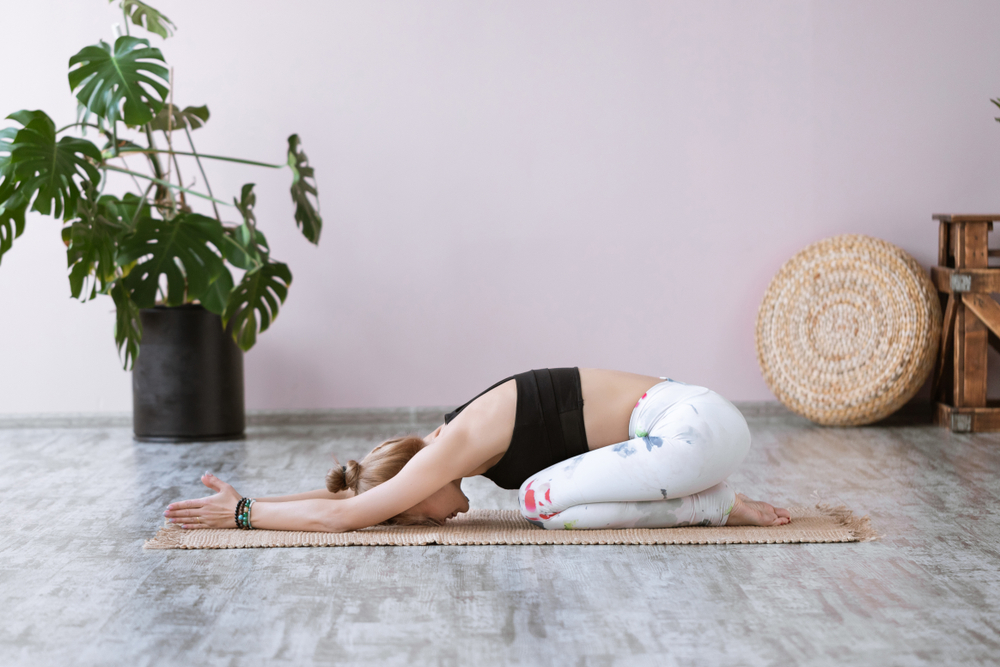
Your ankle is called the talocrural joint. It is located where the top of your foot and your lower leg meet.
Certain postures such as Warrior 1 can stress this joint. Be mindful to adjust your form so you never feel pinching in this joint.
Muscle
Muscles are the soft tissue structures that you are aiming to stretch and strengthen in yoga. Correctly engaging the correct muscle group helps keep your joints and bones safe as you practice. The stronger your muscles are, the safer your joints will be.
Read on to learn about some of the most common muscles addressed in class:
Pectorals
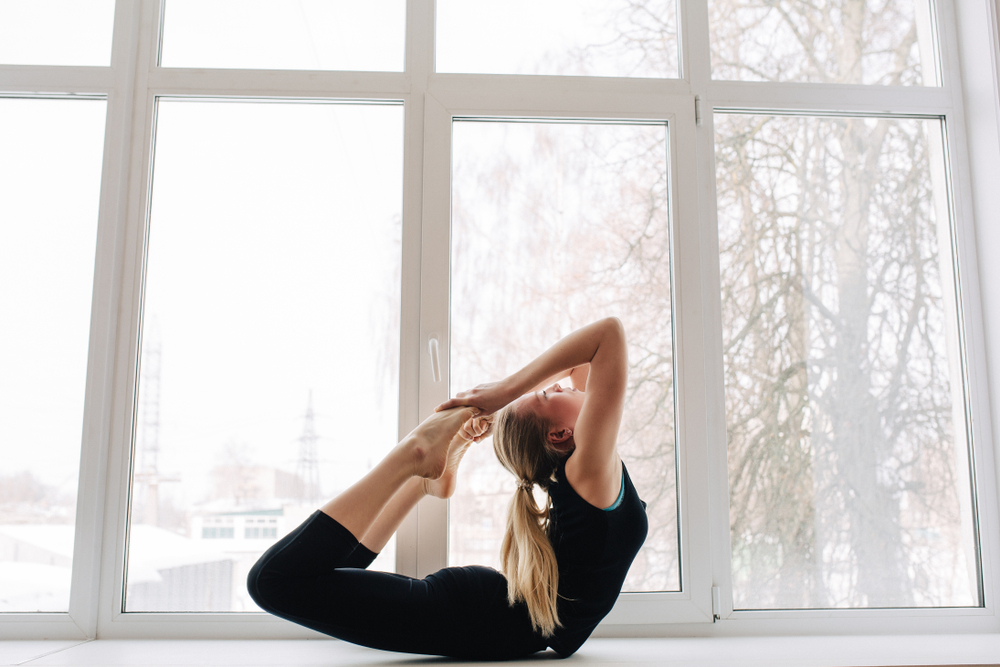
This muscle group is located at the front of your chest. They are responsible for pushing based actions. Keeping your pectorals stretched is important for your posture. This muscle length also protects your shoulders and neck.
Posture to stretch your pectorals:
Supta Matsyendrasana — Supine Twist Pose
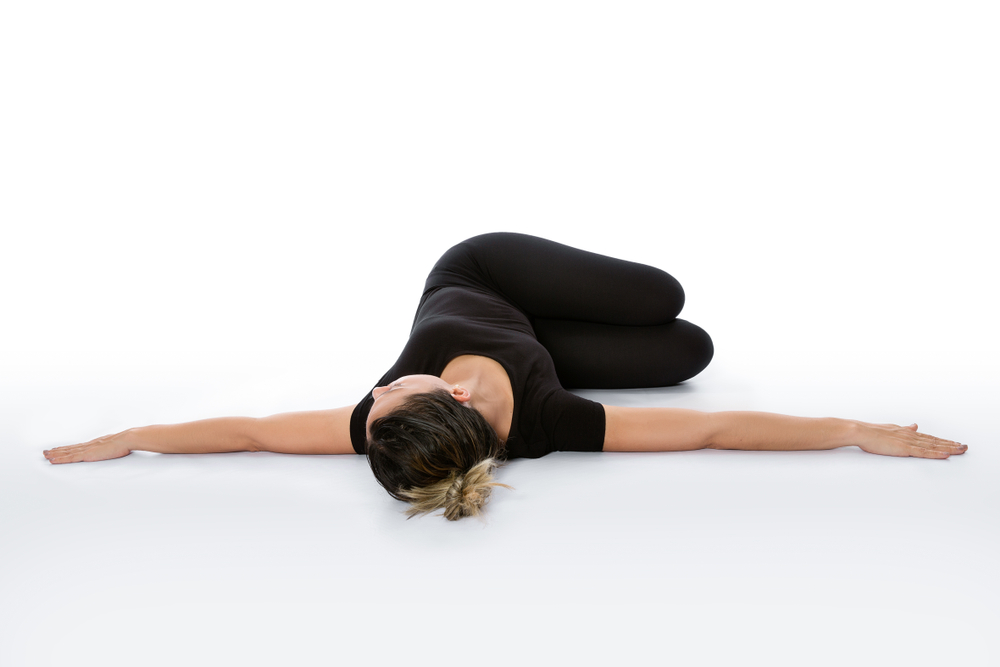
While this posture is commonly known as a stretch for your spine, if you focus on keeping your shoulders flat on the ground, you will also stretch your pectorals.
Begin lying on your back with your arms stretched out in a T shape. Pull your knees to your chest. Keeping your shoulders equally flat on the mat, let your knees fall over to the right. Encourage your left shoulder back onto the mat if it rises.
Feel a stretch along your left chest. Hold for 5 breaths and then change sides.
Hip Flexors
Your iliacus and psoas are your short hip flexors. These muscles are located at the front of your hip. They are responsible for flexing your hip (drawing your knee to your chest). Stretching your hip flexors helps prevent back and hip pain.
Posture to stretch your hip flexors:
Anjaneyasana — Kneeling Low Lunge Pose
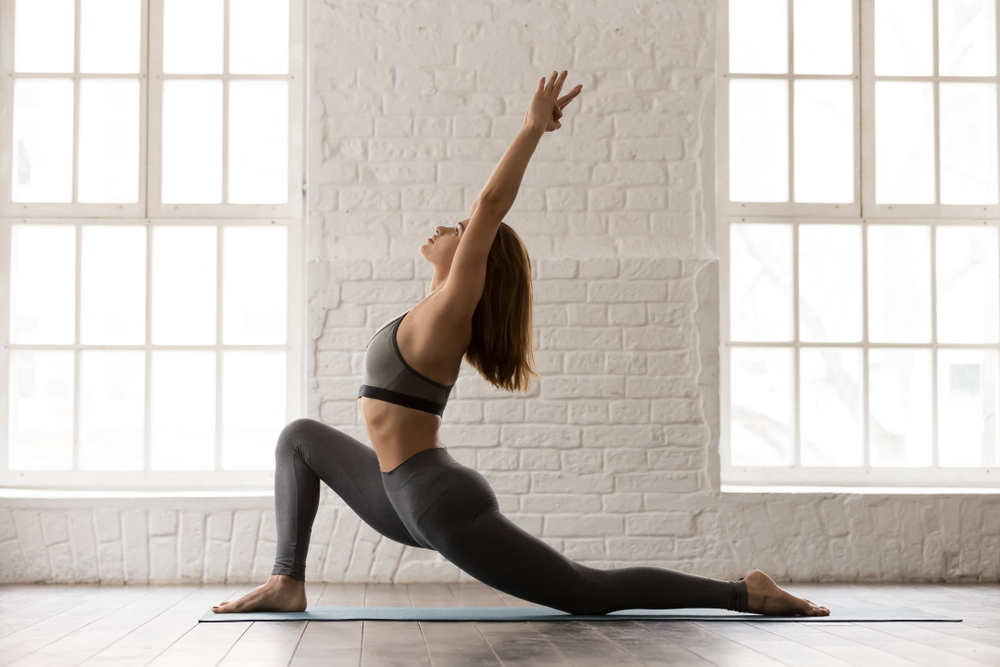
Begin kneeling. Step your left foot forward into a lunge. Scoot your right knee back a few inches to lengthen your stride.
Engage your abdomen and reach your hands overhead. Begin sinking into the lunge and feel a stretch along the front of your right hip. Hold for 5 breaths and repeat on your second side.
Quadriceps
The quadriceps are located at the front part of your thigh. They are responsible for straightening your knee. Keeping your quadriceps stretched helps prevent knee pain.
Posture to stretch your quadriceps:
Naturajasana — Dancer Pose
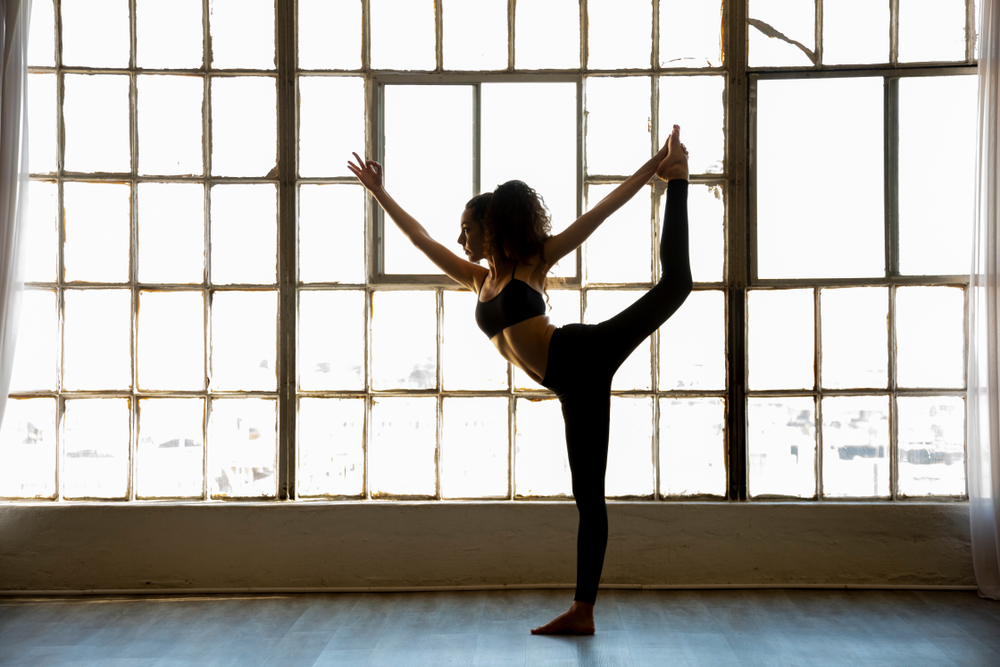
Begin standing at the top of your mat. Bend your right heel to your hip and reach back with your right hand. Connect your right hand to the inside of your right foot.
Engage your abdomen and begin kicking your foot back behind you to extend your hip. Hinge your body forward and reach your left hand to the sky. Hold for 5 breaths and then repeat on your second side.
Hamstrings
Your hamstrings are located on the backside of your upper leg. Their action is to bend your knee. Stretching your hamstrings helps prevent muscle strains and back pain.
Posture to stretch your hamstrings:
Ardha Hanumanasana — Half Split Pose
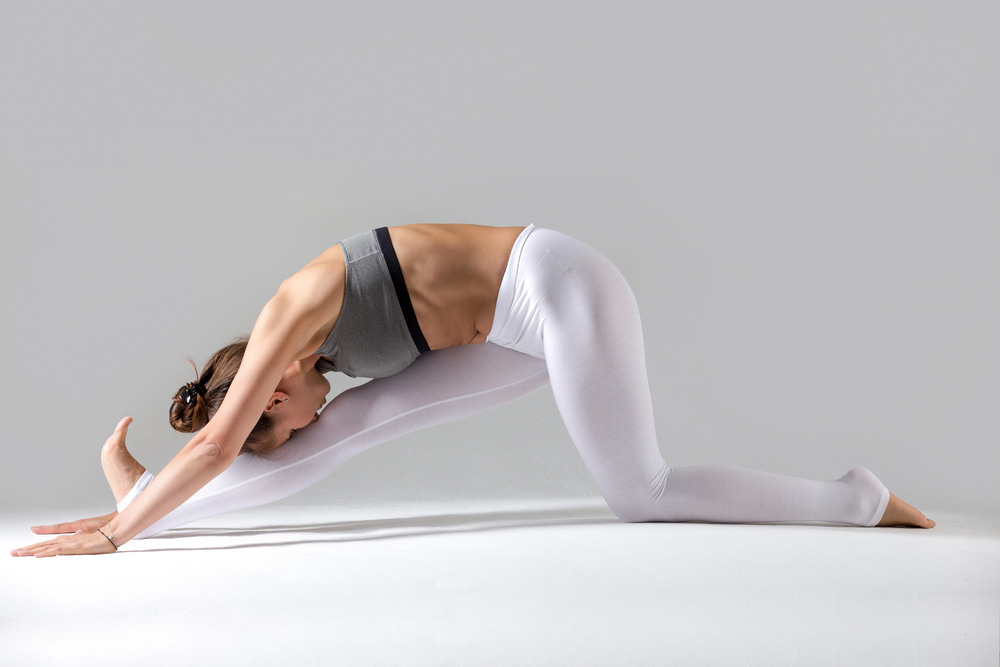
Begin kneeling in the middle of your mat. Step your left foot forward, then shift your hips back to straighten your left knee. Adjust your stride so your right hip is on top of your right knee.
Align your left leg with your left hip and pull your left toes back toward your shin. You can place your hands on blocks if that feels more comfortable. Feel a stretch along the back of your left leg. Hold for 5 breaths and then change sides.
Piriformis
This commonly discussed muscle is located underneath your gluteal muscles. It is a small tube-shaped muscle that assists in the rotation of your hip. When it gets tight, it can contribute to back, hip, and radiating leg pain.
Posture to stretch your piriformis:
Kapotasana — Pigeon Pose
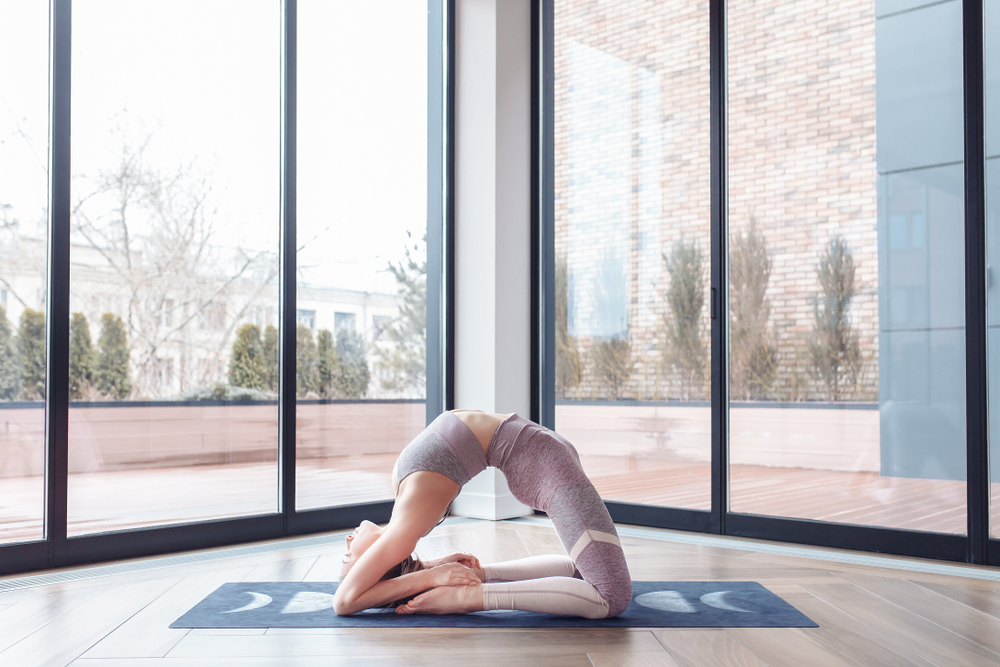
Begin on your hand and knees. Draw your right shin forward so your knee is towards your right hand and your right foot is toward your left wrist. Work your shin as close to parallel to the top of your mat as is comfortable.
Begin walking your left knee back until you feel a stretch along the back of your right leg and hip. You can stay up on your palms, or lie your body down onto the mat. Hold for 5 breaths and then switch sides.
Calves
Three layers of muscle compose your calves. The deepest layer is your plantaris. Your soleus runs on top of plantaris, followed by gastrocnemius. Keeping your calves flexible is important to prevent knee, foot, and ankle pain.
Posture to stretch your calves:
Adho Mukha Svanasana — Downward Dog Pose
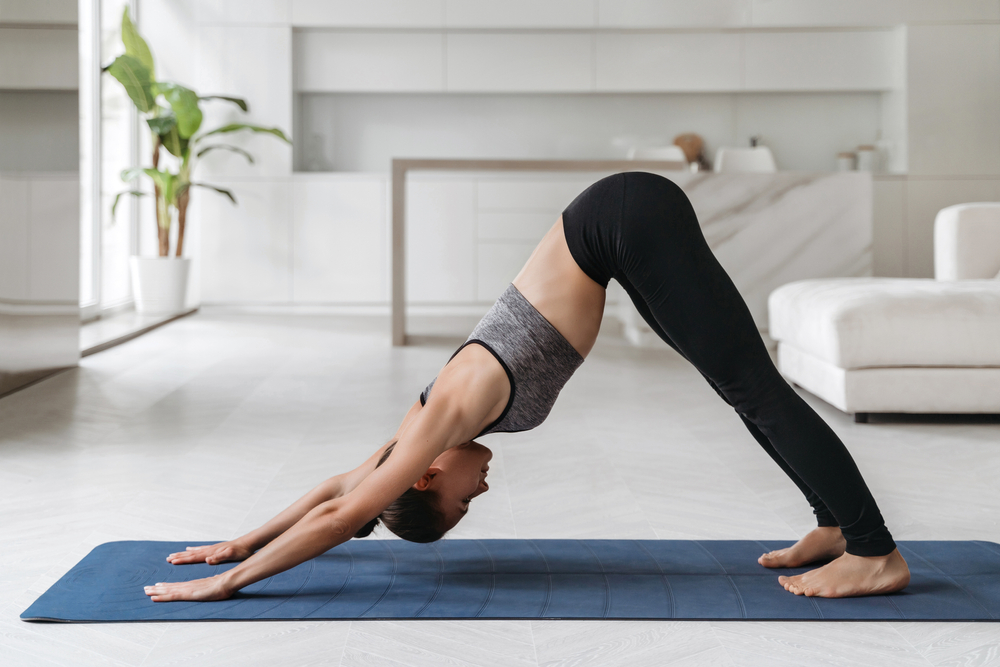
From plank position, lift your hips up to the sky to create an inverted V shape. Keep your legs straight and feet hip-width apart.
Feel a stretch for 5 breaths to stretch gastrocnemius, then slightly bend the knees to target soleus for 5 more breaths.
Quadratus Lumborum
Often referred to as “the QL” in yoga classes, this muscle on either side of your lower back is important to stretch out to relieve lower back and sacroiliac pain. This is an interesting muscle group because they can function independently or as a unit. When both sides work together, they bend your spine backward. Individually, the QL moves the spine side to side.
Posture to stretch your quadratus lumborum:
Urdhva Hastasana — Steeple Pose
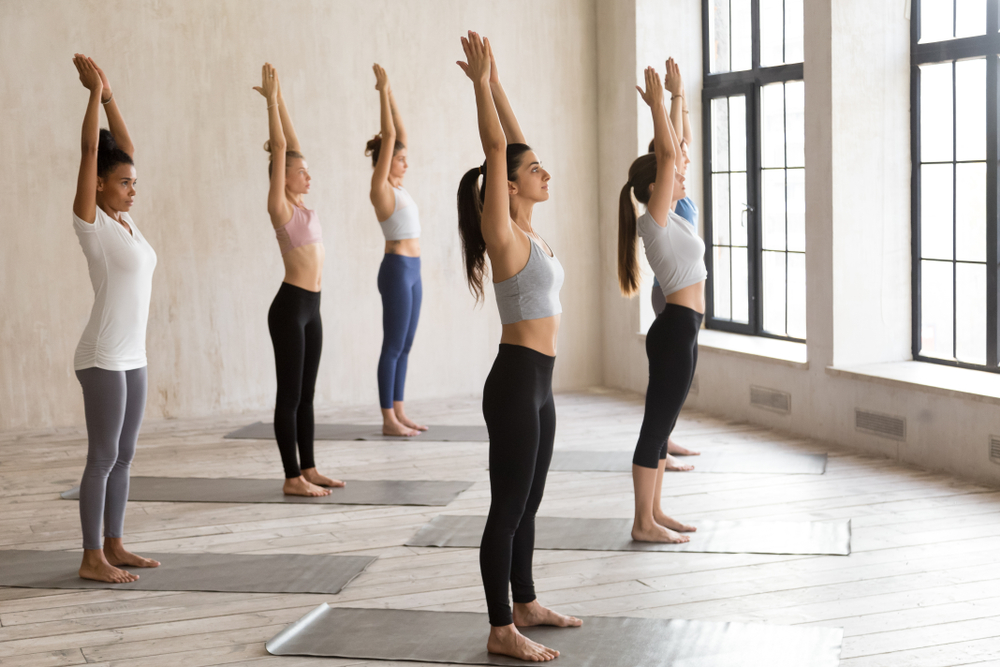
Begin standing at the top of your mat. Interlace your fingers together leaving your index fingers free. Engage your abdomen and reach your hands to the sky.
Bend over to the right. Feel a stretch along your left side body. Hold for 5 breaths then repeat on your second side.
Tendons and Ligaments
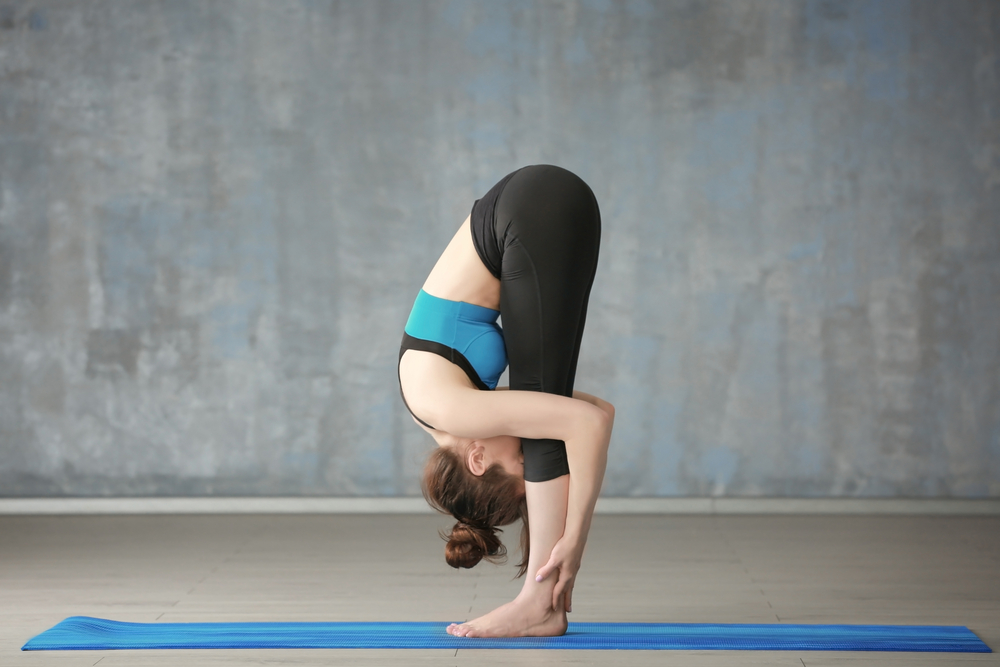
Tendons are a type of tissue that connects muscle to bone. A commonly discussed tendon in class is your Achilles.
Tendons are not meant to be stretched. They are an important structure that preserve the connection of muscle and bone so you can move your body. It is important during each posture that you are protecting your tendons.
Ligaments are a stability structure that connect bone to bone. An ACL tear is a commonly discussed ligament injury.
Like tendons, it is important to never stretch a ligament in yoga. Overstretching ligaments will put your joints at risk. If you feel stress or an uncomfortable stretch around your joints in a posture, modify or use props to transition the stretch into your muscles instead.
Learning about anatomy takes time and diligence. Try to learn a bit more every week to enhance the benefits of your practice and keep your body safe.
What's Your Reaction?
Having been a teacher’s assistant at over 50 yoga teacher trainings worldwide, Olivia May has a firm grasp on the fine art of yoga and meditation. In her work, she carefully reflects on a vast expanse of knowledge to help others find peace in both body and mind.






